A Guide To Buy the Best Inverter Battery for Home
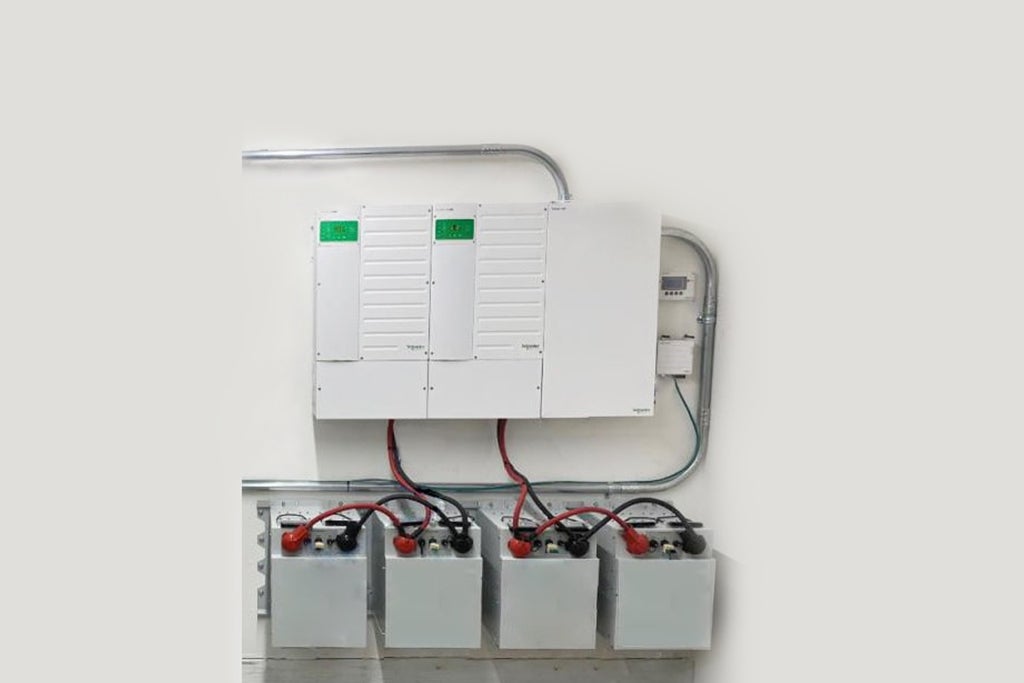
Do you intend to purchase an inverter battery for your home? If you answered yes, it is essential that you evaluate certain criteria before buying in one. Because each family has a unique power need, you must choose your inverter battery appropriately.
The battery is the core of every backup power system. Depending on its usage, performance, maintenance, and upkeep, an inverter's battery may need to be replaced twice or more over its lifespan. The battery ages or wears out as a result of heat and repetitive charging and draining.
Nonetheless, with a few basic maintenance tips and practices, a battery's lifetime may be increased. It is recommended that you get the inverter battery from a reputable and renowned manufacturer.
What Is an Inverter Battery?
The battery is very important in the life of an inverter. The inverter turns grid-supplied energy into direct current, and the battery stores this direct power. When there is a power outage, the inverter pulls electricity from a battery and converts it to alternating current to power all home loads.
Read More: Buy A New Ups Instead of Replacing The Old Ups Battery, Learn Why?
Inverter capacity calculator
An inverter capacity calculator is a valuable tool used to determine the appropriate size or rating of an inverter for a specific application or system. Inverters are electronic devices that convert direct current (DC) power into alternating current (AC) power, making them essential for various applications, including solar energy systems, backup power supplies, and more.
To calculate the inverter capacity, follow these steps:
- Identify your load: Determine the total electrical load (in watts or kilowatts) that the inverter will need to power. This includes all appliances, devices, and equipment that will be connected to the inverter.
- Factor in surge power: Some appliances and equipment may have a higher power requirement when starting up. Consider this surge power when calculating the inverter capacity to ensure it can handle these brief spikes in demand.
- Battery voltage: If you are using batteries in your system, determine their voltage rating. The inverter's voltage rating should match the battery bank's voltage.
- Efficiency: Inverters have an efficiency rating, usually expressed as a percentage. Account for this efficiency when calculating the inverter size to ensure you get the desired output.
- Safety margin: It's a good practice to add a safety margin of around 10-20% to your calculated inverter capacity to accommodate future expansions or unexpected power demands.
By using an inverter capacity calculator, you can select the right-sized inverter for your needs, ensuring efficient operation and protection of your electrical equipment. Oversizing or undersizing the inverter can lead to inefficiencies and potential damage to your system.
| Type of Battery | Price range | Descriptions | Battery Life |
|---|---|---|---|
| Flat plate batteries | Low priced | A flat plate battery, also known as a lead-acid battery, is a common type of rechargeable energy storage device. It consists of flat, rectangular plates made of lead dioxide and sponge lead immersed in an electrolyte solution of sulfuric acid and water. | Lasts upto 3-5 years |
| Tubular batteries | Low priced | Tubular batteries have a longer lifespan and better performance than flat plate batteries, making them ideal for extended power backup needs. | Lasts upto 5-8 years |
| Maintenance-free batteries | Moderately priced | These sealed lead-acid batteries require minimal maintenance and are spill-proof, ensuring hassle-free operation. | Lasts upto 3-5 years |
| Lithium-ion batteries | High priced | Lithium-ion inverter batteries offer high energy density, longer lifespan, and faster charging, making them ideal for modern backup power solutions. | Lasts more than 10 years |
| Gel batteries | Moderately priced | Gel batteries use gel electrolytes, offering better cycle life and tolerance to deep discharges, suitable for renewable energy systems and sensitive electronics. | Lasts around 5-7 years |
Difference Between UPS and an Inverter
1. Use Case and Backup Time
If you don't have frequent power outages, you can utilize a UPS to protect your computer against serious hardware failure. The changeover to UPS is virtually immediate, and it does not cause your computer to shut down. UPS normally provides backup for around 30 minutes.
The UPS switches from the main supply to the batteries instantly, while the Inverter takes longer. For computers, the inverter's switching time is more than it can tolerate, and it will normally reboot as a result of the power outage. As a result, UPSs are favored for PCs and inverters for residences, as lightbulbs are unconcerned with switching delays.
2. Maintenance & Lifespan
UPS requires no maintenance. Inverters require more wiring and must be filled with distilled water on a regular basis. However, I have noticed that some advanced versions of inverters have relieved consumers of the need to maintain distilled water.
The disadvantage of UPS is that even when there is no power outage, the battery is constantly charged and discharged. As a result, the battery will degrade 4-5 times faster than the inverter battery.
3. Price
UPS is less expensive than inverters. There are several kinds of UPS and inverters available, all at competitive pricing.
When purchasing them, consider backup time, capacity, charging time, power need, crating (amount of charge in a fully charged cell), and warranties.
Analyzing your usage/needs and deciding on Inverter Specifications
Are you in the market for an inverter battery? If so, you'll need to determine the right size inverter battery for your needs. This can be a tricky task, as there are many factors to consider. But with a little bit of knowledge and careful planning, you can easily find the perfect inverter battery for your home or business.
The first step is to calculate your power requirements. This will give you a good starting point for choosing the right inverter battery size. To do this, you'll need to add up the wattage of all the devices you plan to run at the same time. Keep in mind that some devices, like motors, require additional start-up wattage.
Once you have your power requirements calculated, you can begin to look at different inverter battery sizes. It's a good idea to choose an inverter battery that is slightly larger than your needs. This will give you some room to grow and will ensure that you have enough power for your devices.
When choosing an inverter battery, it's also important to consider the type of waveform that you need. Sine wave inverters are the most popular and can be used for most devices. However, if you're running sensitive electronics, you may need a square wave or stepped sine wave inverter.
When it comes to choosing the best inverter battery for your home, there are a few factors you need to take into account. Here are the most important ones:
Also Read: How to Extend The Battery Life Of Your Ups?
1. Capacity
The capacity of an inverter battery is usually measured in Ah (ampere-hours). The higher the Ah, the longer the battery will last. If you have a lot of electrical appliances that you need to run during a power outage, you'll need a battery with a higher capacity.
2. Type
There are two main types of inverter batteries: lead-acid and lithium-ion. Lead-acid batteries are the most common type and are generally more affordable. However, they are also heavier and require more maintenance. Lithium-ion batteries are more expensive but are lighter and require less maintenance.
3. Charge/Discharge Cycles
The number of charge/discharges cycles an inverter battery goes through over its lifetime is an important factor when choosing an inverter battery. A battery with a higher number of cycles will last longer.
4. Warranty
When purchasing an inverter battery, it's important to check the warranty. Some manufacturers offer a longer warranty than others. This is usually a good indication of the quality of the product.
5. Price
In nearly every case, you'll find that a battery with the capacity to be recharged is more expensive than its disposable counterpart. However, in the long run, you'll save money as you won't have to keep buying new batteries. It's important to find a balance between price and quality.
6. Recharge Time
Some batteries take longer to recharge than others. If you'll be using the battery frequently, choose one with a shorter recharge time so you can use it more often.
7. Maintenance
Batteries require regular maintenance in order to keep them working properly. Be sure to choose a battery that is easy to maintain, so you don't have to spend a lot of time and effort keeping it running.
Wrapping It Up
The sort of output you receive depends heavily on the inverter battery you use, therefore choosing the finest inverter battery is critical. There are several types of inverter batteries on the market, and selecting the proper one for your inverter may be challenging.
Consider your electricity needs as well as your budget. Schneider offers some of the most long-lasting inverter batteries. Schneider inverter batteries are perfect for power outages that are both lengthy and frequent.
During prolonged power outages, a Schneider Electric inverter battery is an ideal solution for powering electric equipment and household appliances. These inverter batteries are built to endure, with a lengthy guarantee duration, high life cycles, and high load capacity. Visit the Schneider website to learn more about our extensive selection of inverter batteries.

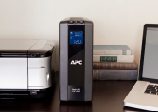
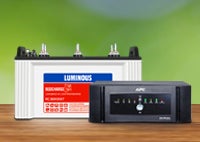

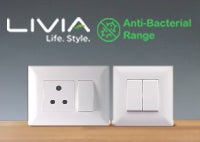
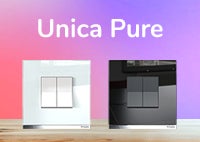
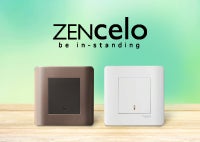
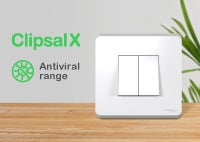
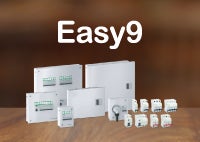
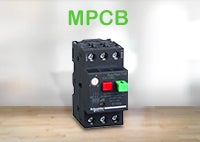
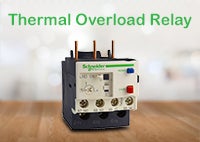
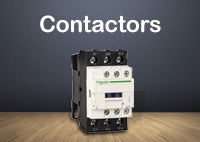
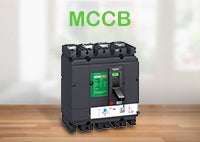
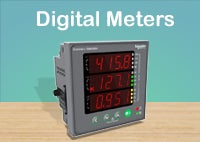
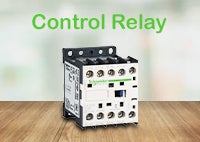
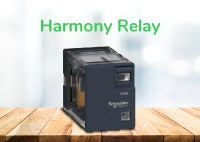
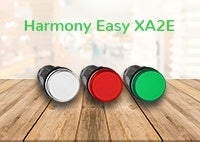
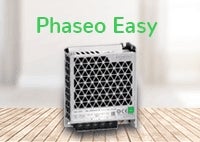
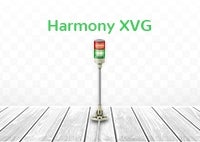
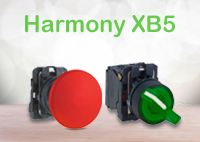
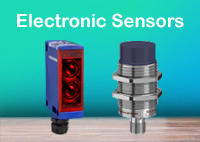
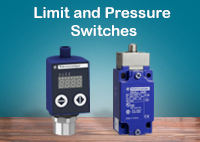
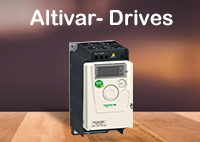

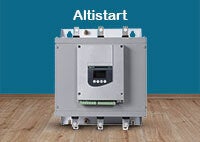

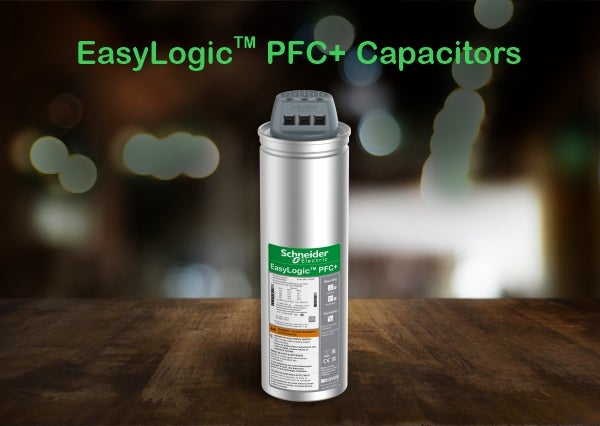
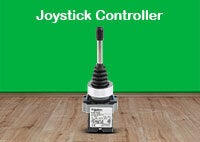
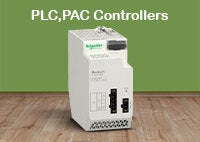
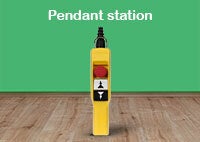




Comments